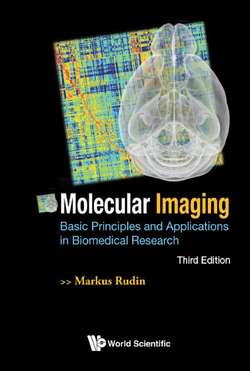Читать книгу Molecular Imaging - Markus Rudin - Страница 8
На сайте Литреса книга снята с продажи.
ОглавлениеScheme of the Book, Figures, Notes, and Abbreviations
The book has the format of a textbook but is not a textbook. It is a collection of excerpts from many of Marcus’ papers with explanatory notes from the author and, much more importantly, with notes by Marcus on his papers.
The book may of course be read from cover to cover as a textbook, but it is more in general intended for readers interested in particular papers of Marcus to get an introduction to them and to read the related Marcus’ notes. It is an anthology of Marcus’ papers. Passages from the papers are reported in the book as they appear in the original publication. It so happens then that a topic may be treated in different papers in a similar way so that in the book there are sections which may be partly repetitive because Marcus normally treats the same topic in slightly different ways in his papers, moreover the sections are reported with figures from the original papers because text, figures, and Marcus’s notes are closely connected. The ancient Roman dictum “Repetita iuvant,” it helps to repeat, may have some truth in it, particularly for beginners.
The Figures from Marcus’ papers appear with their original numbers and legends. The numbers of Figures from the author are followed by an asterisk, like, say, Fig. 1*. They have no legends, their meaning being explained in the text.
Excerpts from Marcus’ papers are reported in quotes. Explanatory notes and remarks from the author are designated by NOTE, Notice or author’s comment. Notes appearing in the papers are denoted by Note followed by the number of the note in the paper. Marcus’ NOTES are reported at the end of the chapters or of the papers. Marcus is often indicated by M. or M. The symbol of the splitting at the avoided crossing region may be Sc, 2ε12, V12 or 2Δε. The author’s questions in the NOTES may be numbered like (1), (2). . . and each question may be divided in subquestions (i), (ii), and so on.
Abbreviation s
| AT atom transfer | PES potential energy surface |
| EE electron exchange reaction | PT proton transfer |
| ET electron transfer | TS transition state |
| FC Franck Condon factor | TST transition state theory |
| PEC Potential energy curve |
